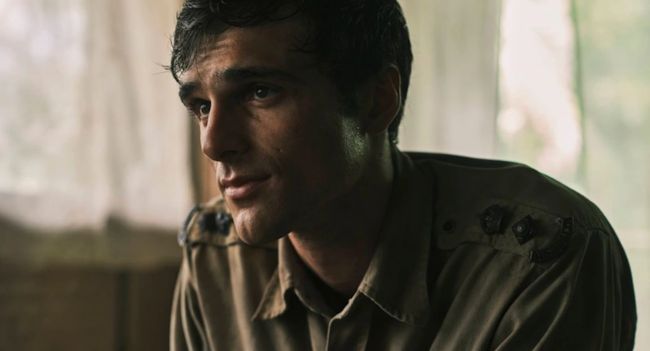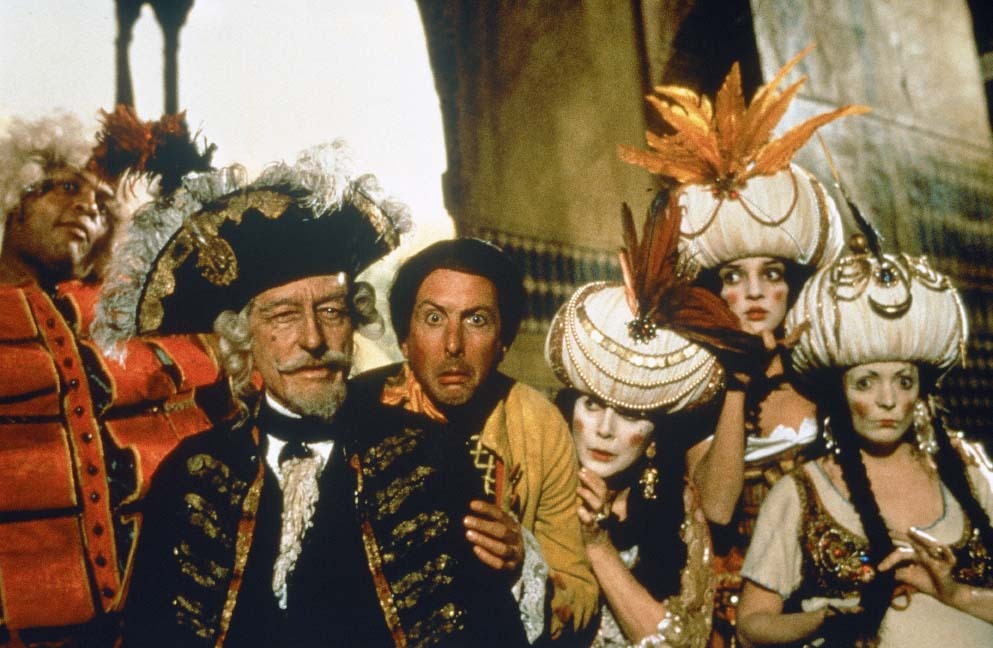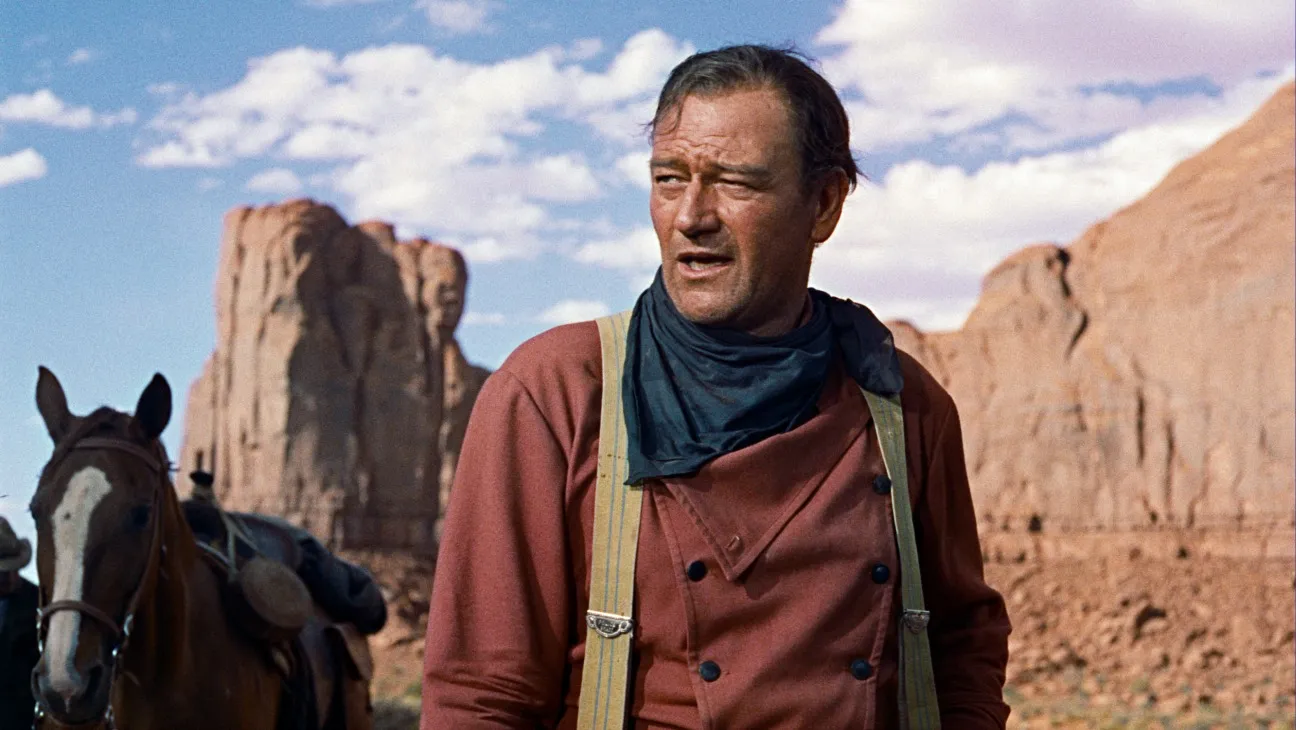BBC’s historical drama The Narrow Road to the Deep North has had viewers binge-watching all five episodes in one sitting, with Jacob Elordi bringing the chilling true story of the Death Railway to life.
Based on Richard Flanagan’s critically acclaimed novel, the show follows Dorrigo Evans, a Lieutenant Colonel and medical officer in the Australian Army, who becomes a Thai-Burmese prisoner of war (POW) during World War II.
As the series unfolds, we see Dorrigo’s experiences before, during and after captivity, revealing the physical and emotional toll of life as a POW forced to work on the infamous railway.
But behind the gripping TV series lies a powerful true story – and it’s one that continues to haunt survivors ever since. Here’s the real history behind the hit BBC drama.
What’s the true story behind The Narrow Road to the Deep North?
While many plot elements of the BBC series are fictionalised, they are deeply rooted in the historical reality of working on the Death Railway.
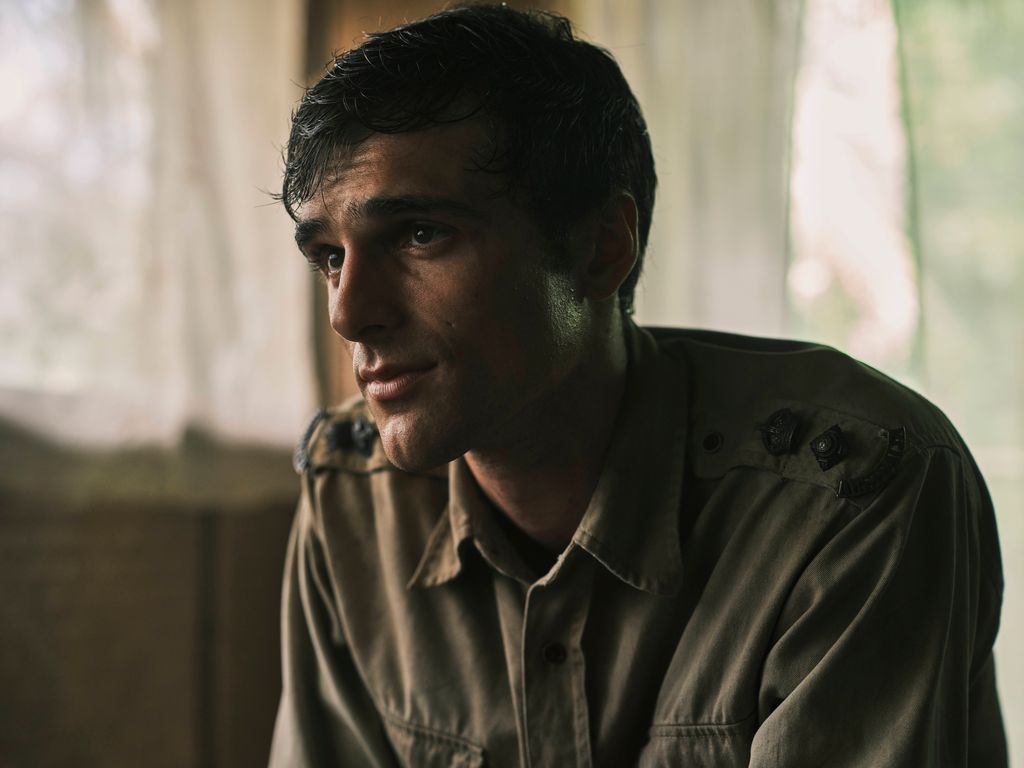
Forced to work in brutal conditions – including punishing heat and sparse food supplies – an estimated 16,000 Allied prisoners of war died. Causes of death included poor health, executions and accidents on site.
In his 1995 memoir The Railway Man, veteran Eric Lomax recounts the shocking details of his own torture, including waterboarding, and nearly dying of starvation.
Reports also estimate there were around 90,000 civilian casualties.
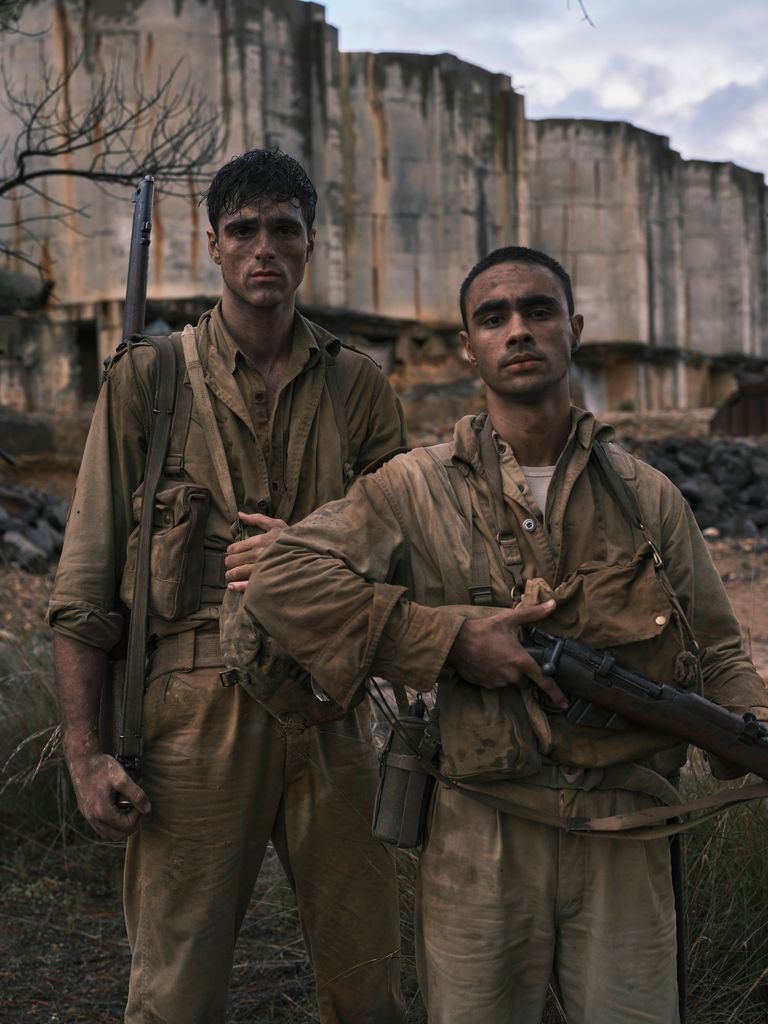
What was the Death Railway?
The Death Railway – also known as the Thailand-Burma Railway – was a 415-kilometre (258-mile) rail line built by the Japanese during World War II.
Its purpose was to secure a land supply route between Thailand and Burma (now Myanmar), which was crucial for Japan’s military campaign in Southeast Asia.
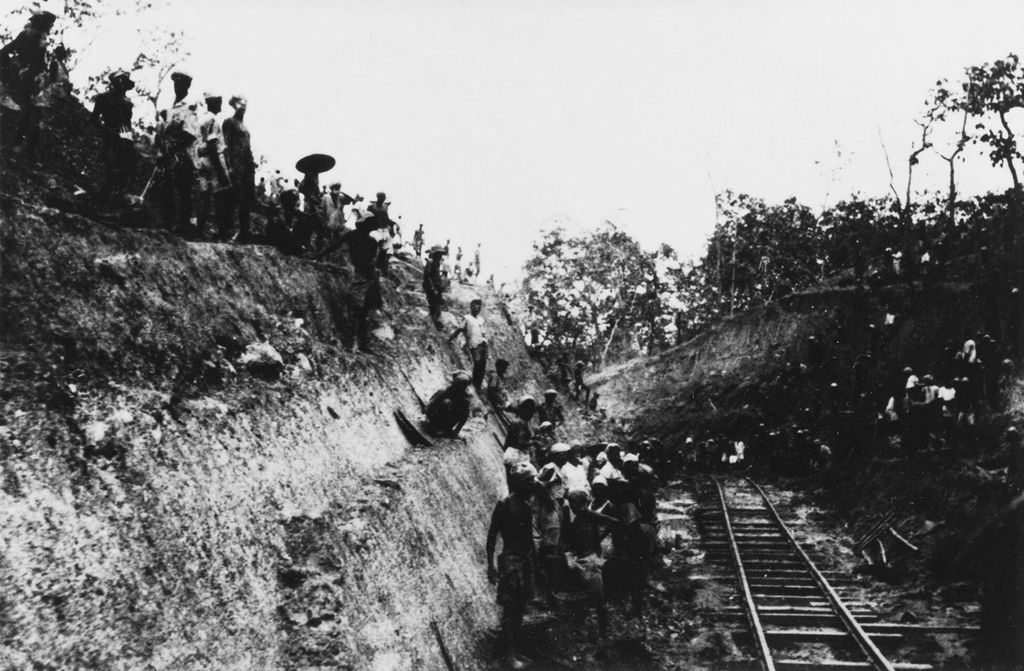
The line connected Ban Pong in Thailand to Thanbyuzayat in Burma, using forced labour to cut through dense jungle, mountains and river gorges.
The railway earned its grim nickname because of the enormous loss of life during its construction.
More than 60,000 Allied POWs – mainly British, Australian, Dutch and American soldiers – and an estimated 180,000 to 250,000 Asian civilian labourers, known as rōmusha, worked on the railway.
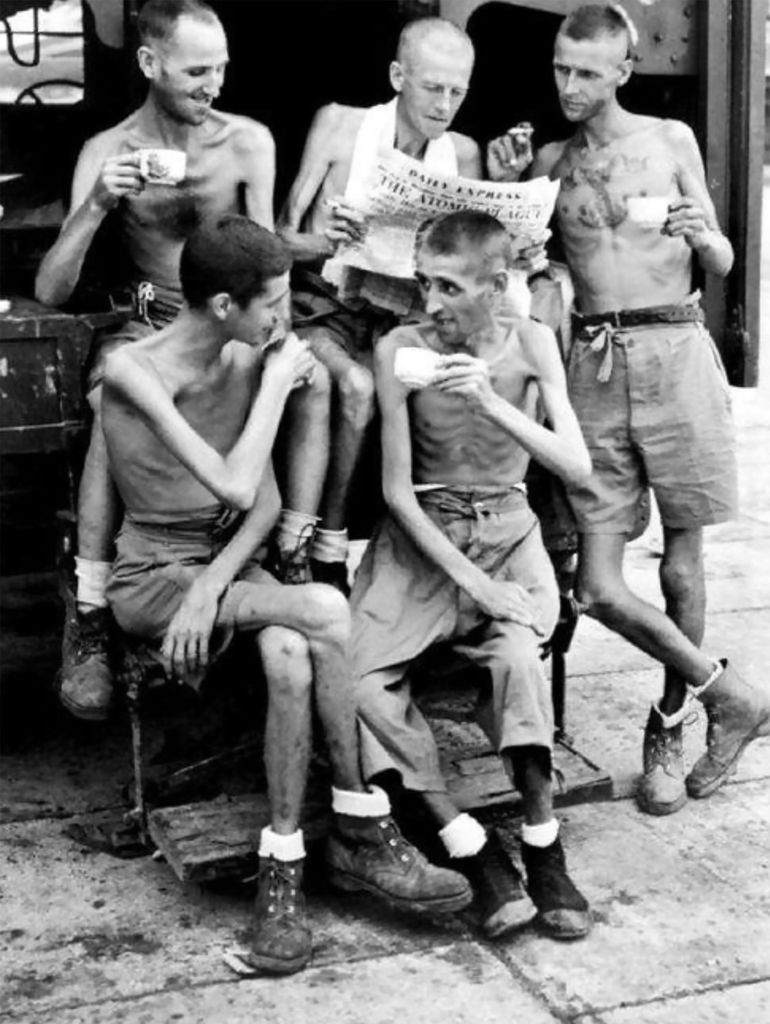
Notable landmarks on the line included Bridge on the River Kwai and Hellfire Pass. The latter was a notorious section cut through rock by hand, and earned its nickname because of the horrific sight of emaciated prisoners working by torchlight.
Due to a strict labour schedule, working shifts could last up to 18 hours, often forcing workers beyond their limits before they were allowed to rest in nearby “rest camps”.

What happened to the Death Railway?
Although the railway was completed in October 1943, parts of the route were later dismantled by British forces. Japanese POWs were used to remove a four-kilometre section in 1946, which was then used to protect the British colony in Singapore.
Over 100 Japanese military officials were subsequently prosecuted for war crimes connected to the railway’s construction, with 32 receiving death sentences.
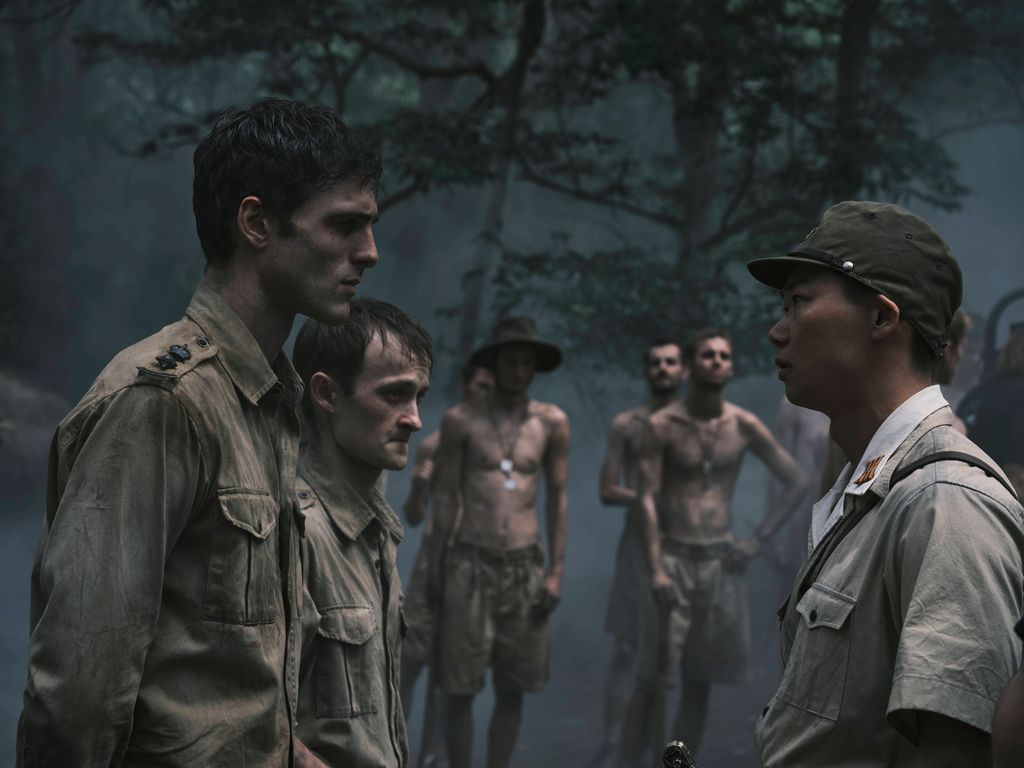
The Narrow Road to the Deep North Rotten Tomatoes rating
Since its BBC debut on 20 July, the historical drama has been a hit with viewers, earning a perfect 100% score on Rotten Tomatoes.
HELLO!’s Acting TV Editor Nicky Morris isn’t surprised. She said: “With an impressive cast led by Saltburn star Jacob Elordi and Belfast’s Ciarán Hinds, and a captivating yet heartbreaking storyline, it’s no surprise that the show has a respectable 100% score on Rotten Tomatoes.”
BBC Culture awarded it five stars, writing: “The Narrow Road to the Deep North feels like a searingly “true” account of war, indeed, but also one founded on the finest artistry, if that’s not too much of a contradiction.”
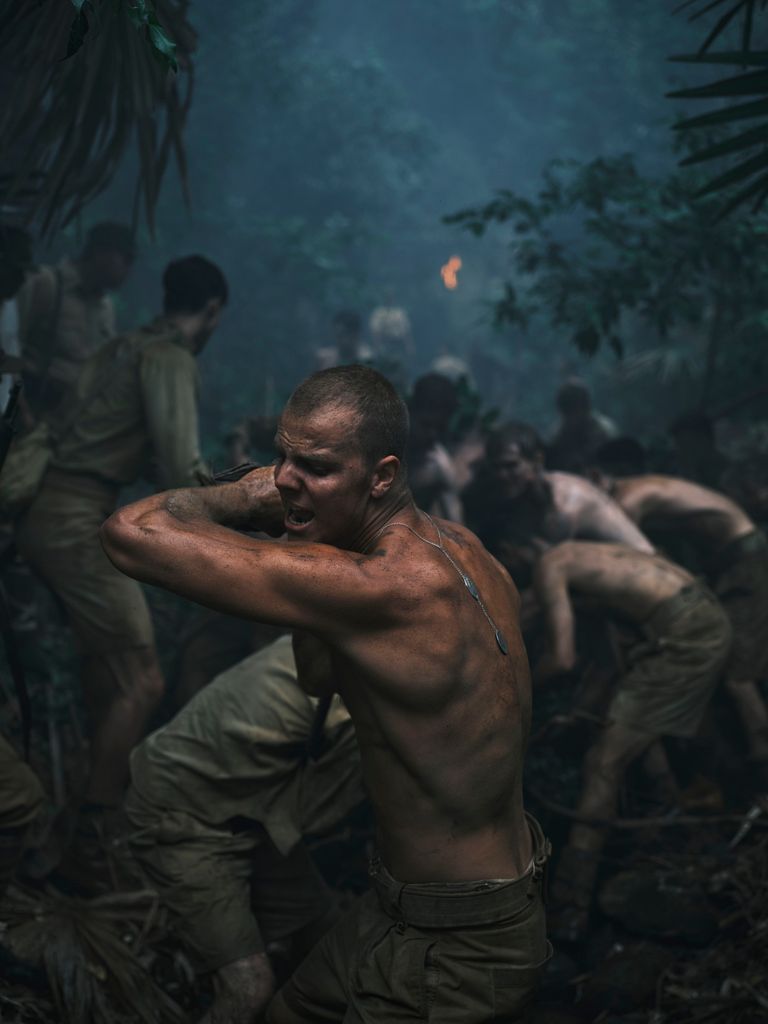
Meanwhile, The Guardian said: “Not an easy prospect, but it is an immensely powerful one, driven by strong performances and a bracing confidence in its ability to tell this story, at its own pace, in its own way.”
The Times added: “This series is terrific and on occasion magnificent. Its ability to tell a sprawling, epic story over three timelines in five shortish episodes and tell us something new about a war is commendable.
The Narrow Road to the Deep North is available to watch on BBC iPlayer now.
